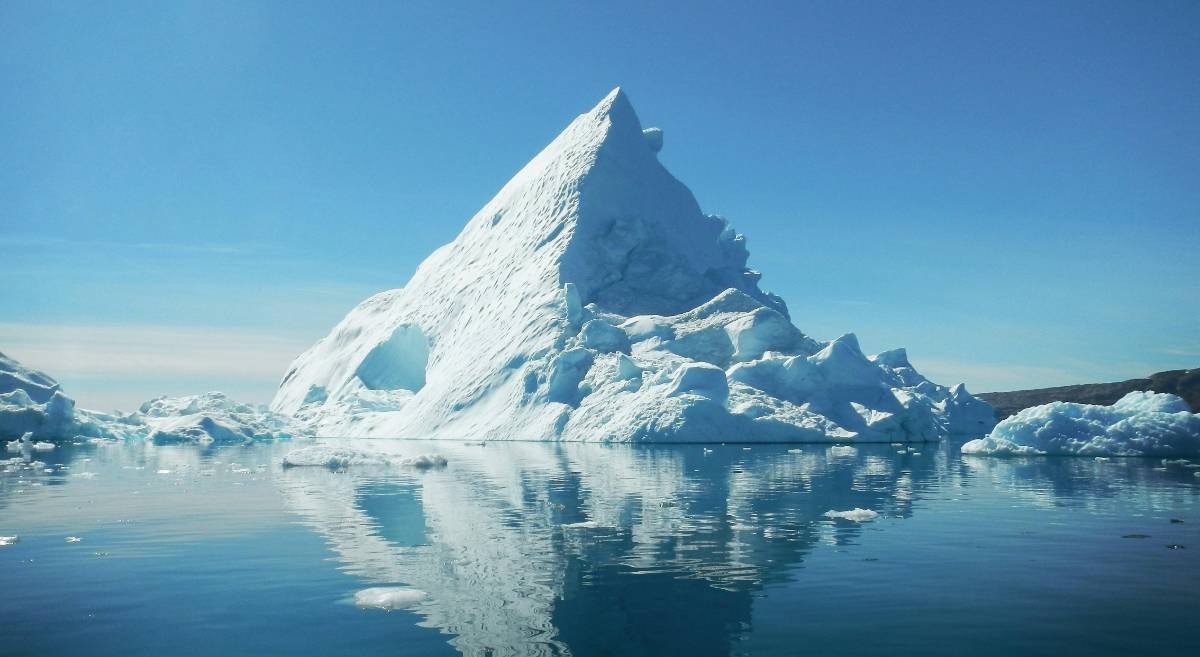
Volcanoes, Glaciers, and Deserts: The World’s Most Extreme Landscapes
The Earth’s most extreme landscapes, from active volcanoes to frozen glaciers and vast deserts, offer a unique and awe-inspiring view of our planet's raw power. These landscapes, shaped by natural forces over millions of years, challenge the boundaries of life and weather. Here's a closer look at some of the world's most extreme landscapes.
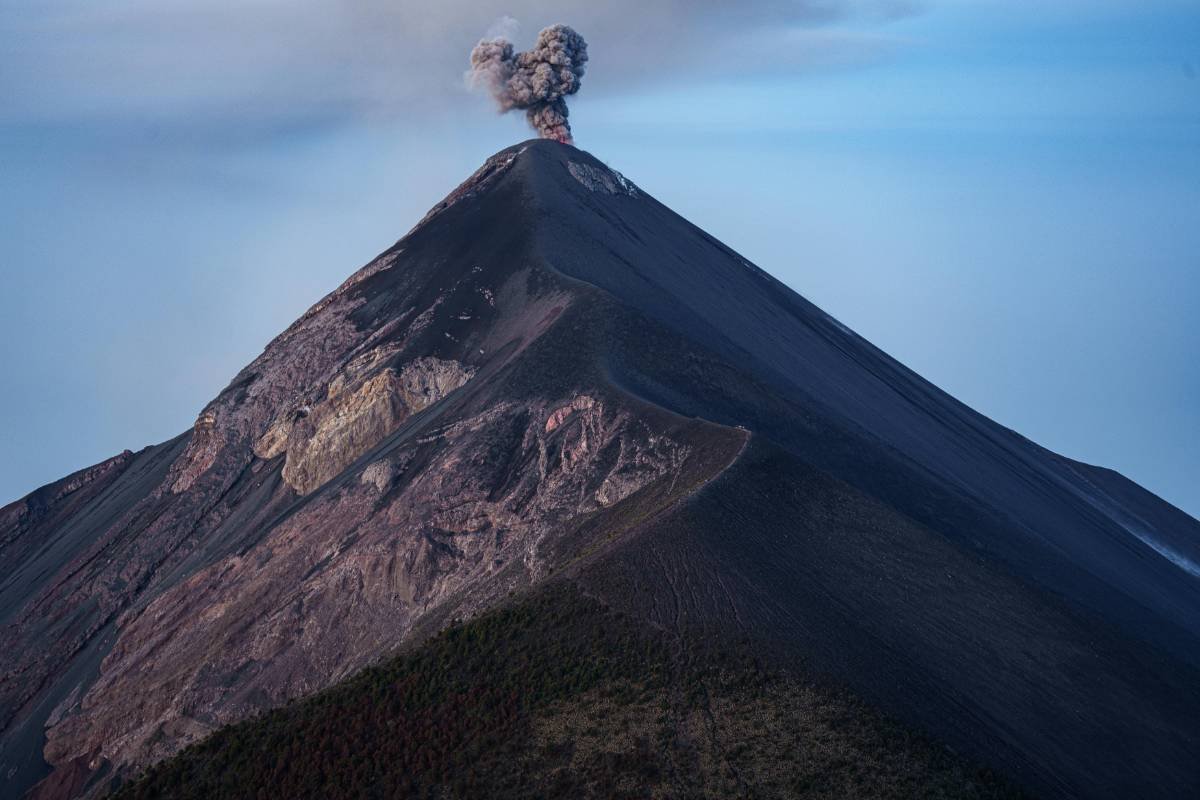 Volcanoes: Nature’s Explosive Power
Volcanoes: Nature’s Explosive PowerVolcanoes are one of the Earth’s most dramatic features, created when molten rock from the Earth's interior escapes through cracks in the surface. They are found all over the world, with the most active volcanoes situated along the Pacific Ring of Fire.
These volcanic landscapes are characterized by fiery eruptions, lava flows, and volcanic ash that can reshape the environment in an instant. Some of the world’s most famous volcanoes include Mount Vesuvius in Italy, Mount St. Helens in the United States, and the active Kilauea in Hawaii.
Though they can be dangerous, volcanoes also provide fertile soils, making them ideal locations for agriculture. The unique landscapes surrounding volcanoes, such as crater lakes and lava fields, attract tourists from around the globe.
Glaciers: Frozen Giants of the EarthGlaciers are vast rivers of ice that slowly carve out valleys and shape the landscape over thousands of years. These frozen giants can be found in polar regions, high mountains, and even temperate zones.
Antarctica and Greenland are home to some of the largest glaciers in the world, but other notable glaciers include those in the Himalayas, the Alps, and Patagonia. Glaciers are constantly moving and reshaping the land as they advance or retreat.
The harsh, icy environment around glaciers can make for an extreme landscape, where temperatures can plummet below freezing. However, these areas also offer breathtaking scenery, including towering icebergs, icy blue lakes, and dramatic fjords.
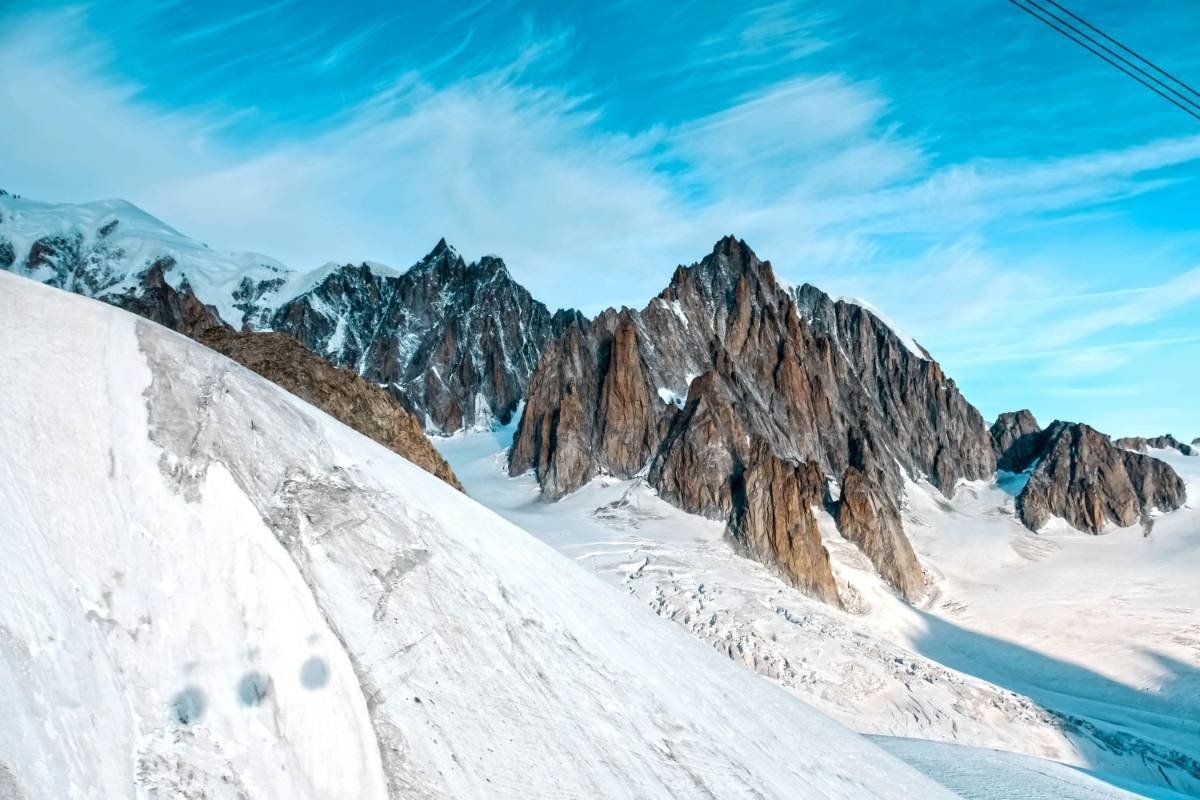
Deserts are some of the hottest, driest, and most desolate landscapes on Earth. They are characterized by minimal rainfall, vast stretches of sand, and scorching temperatures. Deserts can be found on every continent, from the Sahara in Africa to the Atacama in Chile and the Mojave in the United States.
Despite their harsh conditions, deserts are home to a surprising variety of plant and animal life that have adapted to the extreme temperatures and limited water. The ever-shifting sand dunes of the Sahara are among the most iconic desert landscapes, while the salt flats of Bolivia's Salar de Uyuni are one of the largest and most surreal landscapes in the world.
The extreme beauty of deserts lies in their vast emptiness, the sharp contrasts between day and night temperatures, and the way the landscape changes with the wind and weather patterns.
💡 Discover More from Travel Tips

Premium Hotels
The Art of Packing Light: How to Travel with Just a Carry-On

Premium Hotels
Family-Friendly Destinations for Unforgettable Vacations with Kids

Premium Hotels
Foodie’s Guide: Best Culinary Destinations Around the Globe

Premium Hotels
How to Travel Safely: Essential Tips for Women Traveling Alone
Life in extreme landscapes like volcanoes, glaciers, and deserts can be incredibly challenging. The conditions are often inhospitable, with extreme temperatures, limited water, and unpredictable weather. However, certain species of animals, plants, and even humans have learned to adapt to these environments.
In volcanoes, for example, certain plants and bacteria thrive in the nutrient-rich ash and lava. In glaciers, animals like polar bears and penguins have evolved to withstand freezing temperatures. In deserts, plants such as cacti store water, and animals like camels can survive without water for long periods.
How to Experience These Extreme LandscapesTraveling to these extreme landscapes requires careful planning and preparation. Volcanoes, glaciers, and deserts can be dangerous, and conditions can change quickly. It’s important to go with a knowledgeable guide and to take the necessary precautions to ensure your safety.
In volcanic areas, always be aware of local eruption warnings and follow safety protocols. When visiting glaciers, make sure to dress in layers and protect yourself from frostbite. In deserts, it’s essential to stay hydrated, wear protective clothing, and avoid traveling during the hottest parts of the day.
ConclusionVolcanoes, glaciers, and deserts represent the Earth’s most extreme landscapes, where natural forces shape the land and create some of the planet’s most awe-inspiring views. While these environments can be harsh and unforgiving, they offer a rare opportunity to witness the raw power and beauty of nature. Whether you’re an adventurer or simply an admirer of nature’s wonders, visiting these extreme landscapes is a journey that will leave you in awe of the Earth’s natural beauty.
Stay in the Loop
You May Also Like
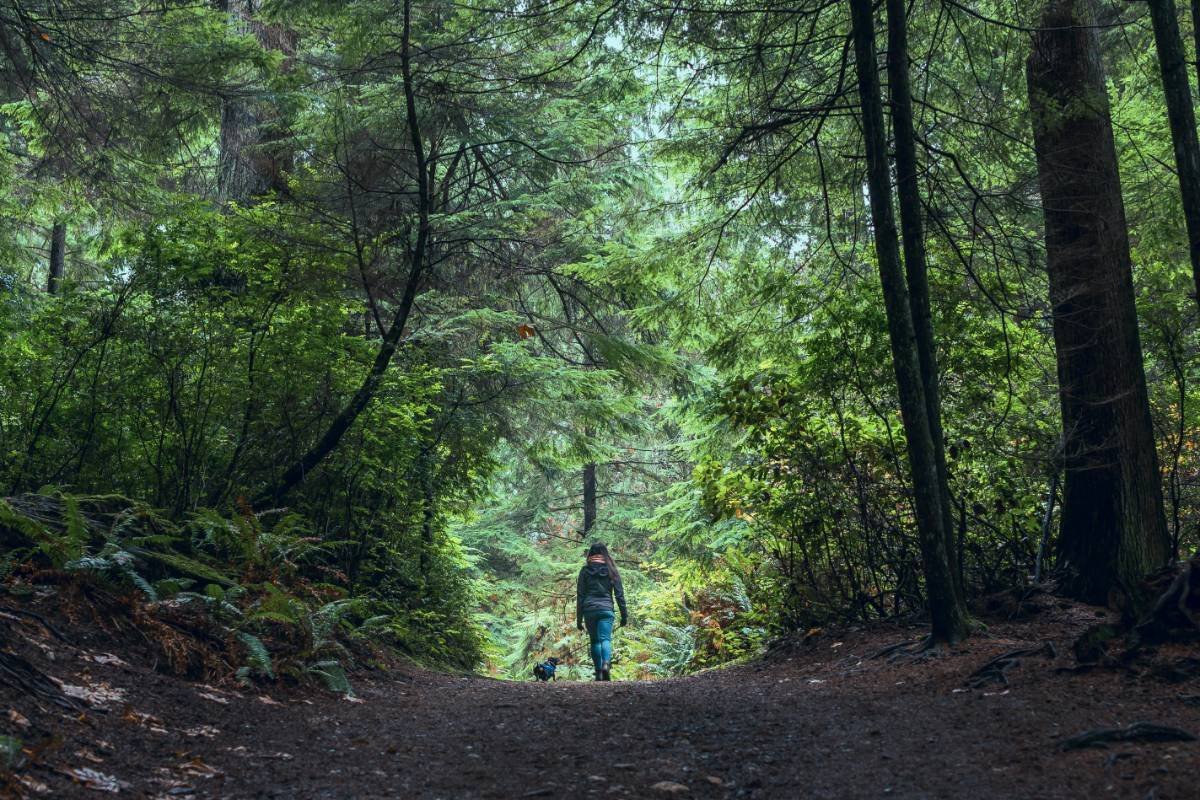 USA Lifestyle 6 min read| 07 Oct 2025
USA Lifestyle 6 min read| 07 Oct 2025The Health Benefits of Travel: Why Getting Away is Good for You
Traveling isn't just about exploring new places or experiencing different cultures—it’s also a powerful tool for improving your overall health. Taking time away from your daily routine and venturing into new environments can provide numerous physical, mental, and emotional benefits. Here’s why getting away is good for you.
 Premium Hotels 6 min read| 02 Oct 2025
Premium Hotels 6 min read| 02 Oct 2025How to Travel Sustainably: Tips for the Eco-Conscious Traveler
Traveling sustainably has become more important than ever as we strive to reduce our impact on the environment. With careful planning and a few mindful practices, eco-conscious travelers can enjoy exploring the world while minimizing their carbon footprint and supporting local communities. Here are some effective tips to make your next adventure more sustainable and rewarding.
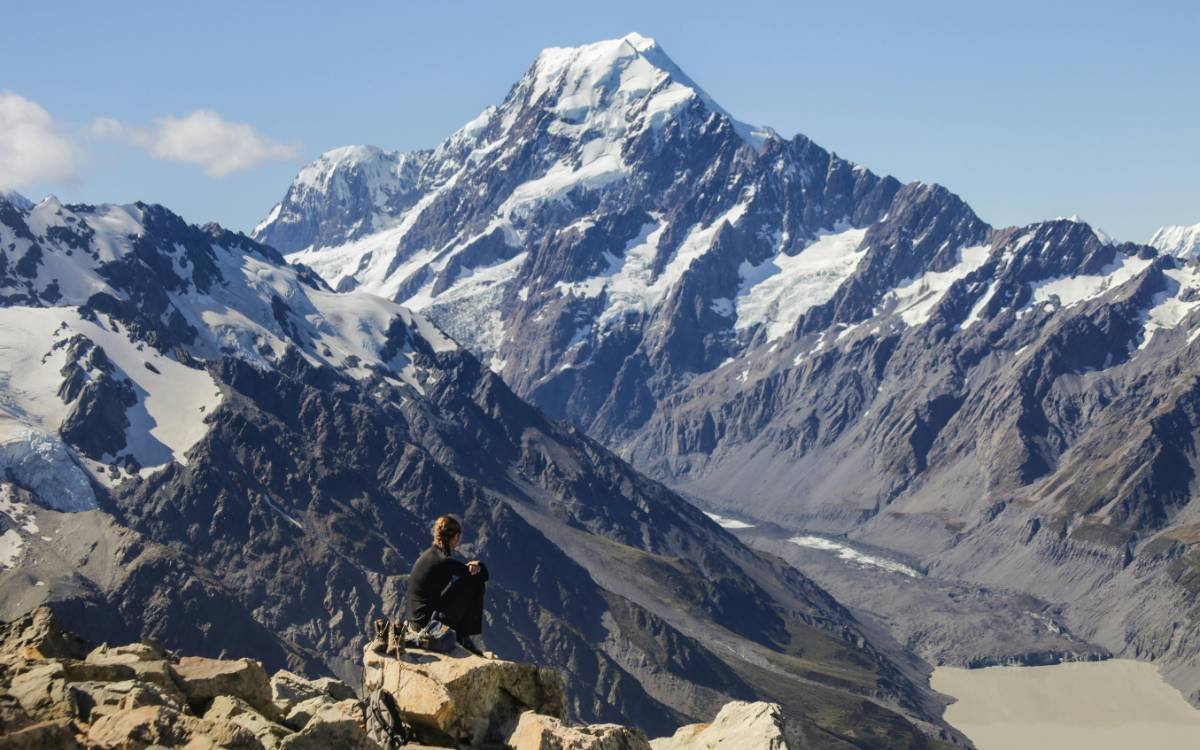 Luxury Experiences 4 min read| 03 Oct 2025
Luxury Experiences 4 min read| 03 Oct 2025Exploring National Parks: Top Parks to Visit Across the Globe
National parks offer some of the most breathtaking landscapes in the world, showcasing the beauty of nature in all its glory. From towering mountains and lush forests to expansive deserts and dramatic coastlines, these protected areas are perfect for those looking to escape into the wild. Here are some of the top national parks around the globe that should be on every traveler’s bucket list.
 Luxury Experiences 5 min read| 12 Oct 2025
Luxury Experiences 5 min read| 12 Oct 2025Exploring Iconic Marketplaces Around the World
Marketplaces are the heartbeat of many cultures around the world. They offer a unique glimpse into local traditions, flavors, crafts, and commerce. From bustling street markets to grand historical bazaars, these iconic marketplaces not only showcase regional products but also provide a cultural experience unlike any other. Here are some of the most famous marketplaces that you should visit on your travels.



